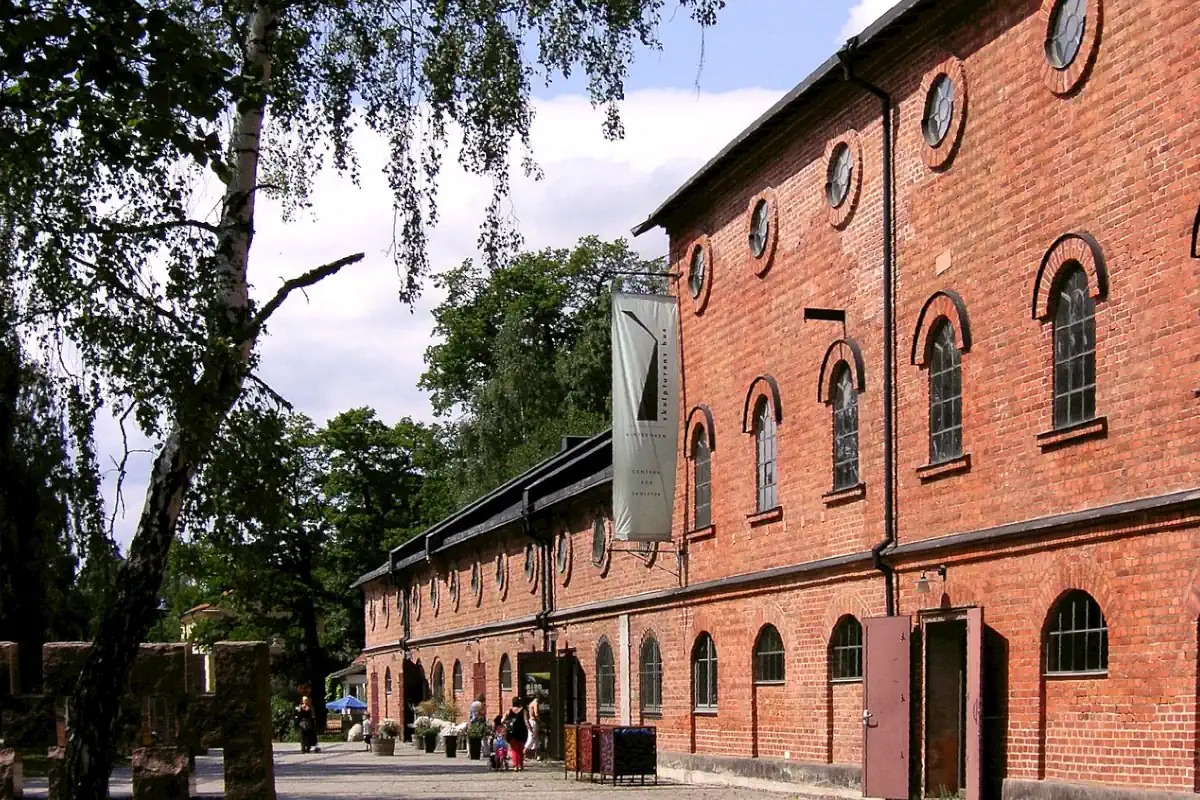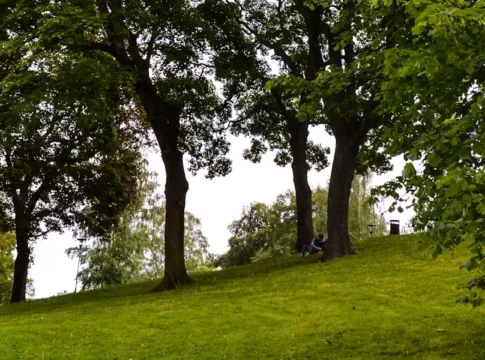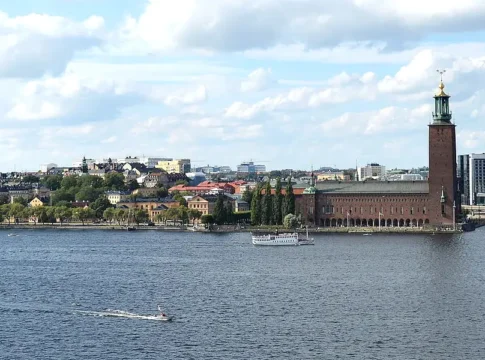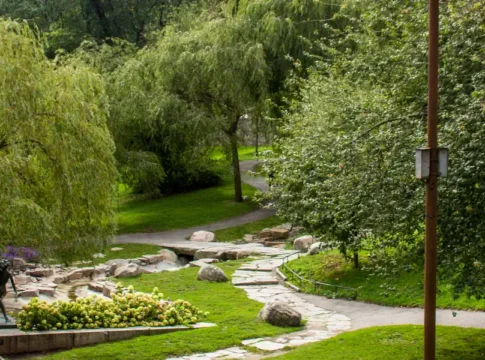Vinterviken: Where Nobel’s legacy meets scenic charm
Nestled along Lake Mälaren’s shores, Vinterviken offers a captivating blend of industrial heritage and natural serenity. Once home to Alfred Nobel’s dynamite factory, this Stockholm gem now features repurposed historical buildings, scenic trails, and lakeside cafes.
Visitors can explore Nobel’s legacy through preserved structures and testing grounds, then unwind at spots like Örnsbergs klippbad or enjoy a fika at the charming Winterviken café. This hidden gem seamlessly blends history and outdoor adventure.
Historical and cultural importance
Vinterviken, meaning “Winter Bay,” embodies its serene, frosty allure with Lake Mälaren’s icy vistas. Culturally, it’s immortalized in Selma Lagerlöf’s Nobel Prize-winning novel The Wonderful Adventures of Nils, weaving literary heritage into its identity.
Industrially, Alfred Nobel’s 19th-century dynamite factory—once a hub of innovation—left remnants like repurposed buildings, testing tunnels, and worker barracks, now transformed into parks and cultural spaces. This blend of history and nature makes it a unique Stockholm landmark.






Modern-day Vinterviken
Today, Vinterviken thrives as a vibrant blend of nature and culture, attracting both locals and visitors. The area offers scenic trails along Lake Mälaren, picnic spots, and seasonal activities like swimming at Örnsbergs klippbad. Its centerpiece is Vintervikens Trädgårdskafé, an organic café serving seasonal dishes using produce from its own kitchen garden and greenhouse, paired with homemade bread and pastries.
The repurposed Alfred Nobel factory buildings now host events, from summer festivals to cozy winter gatherings, while historical remnants like testing tunnels and railway tracks add an industrial charm. Year-round, the café’s serene ambiance and the garden’s lush greenery create a tranquil escape just minutes from Stockholm’s city center.
The industrial legacy of Alfred Nobel
Vinterviken is significant in Stockholm’s industrial history because of its connection to Alfred Nobel, the man who invented dynamite and established the Nobel Prize. Nobel purchased the property and constructed a dynamite factory there in the late 1800s, significantly advancing Sweden’s industrial growth.
Today, Vinterviken harmonizes its industrial heritage with serene natural beauty, offering visitors a unique blend of history and leisure. Visible remnants of Nobel’s dynamite factory—including testing tunnels, railway tracks, and repurposed buildings—serve as tangible links to its explosive past. Historical signage throughout the park provides insights into Nobel’s innovations and the site’s transformation




Visit Vinterviken today
While converting it into a recreational area, efforts have been made to honor and conserve the industrial heritage. The combination of history and recreation preserves Alfred Nobel’s legacy as a crucial component of Stockholm’s collective memory.
Discover the natural beauty, cultural diversity, and intriguing history of Vinterviken. Regardless of your interests—nature, outdoor recreation, historical exploration, or just spending a quiet day by the lake.





